L. Masisi
Relationship between Diversity and Perfomance of Multiple Classifiers for Decision Support
Oct 21, 2008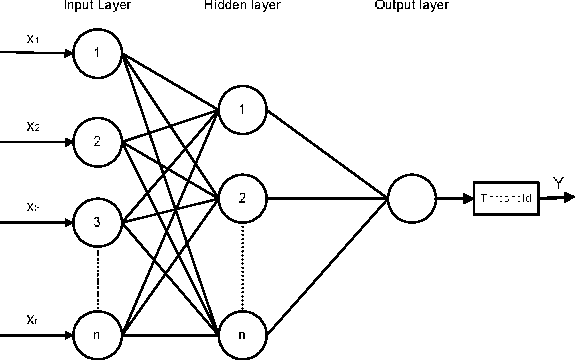
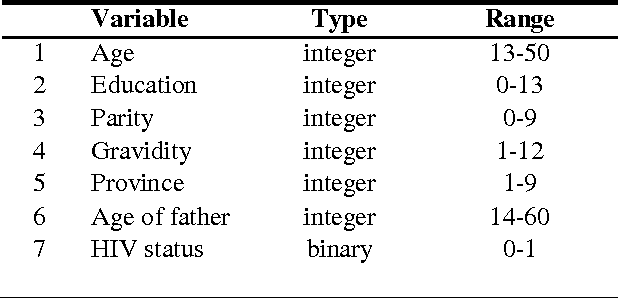
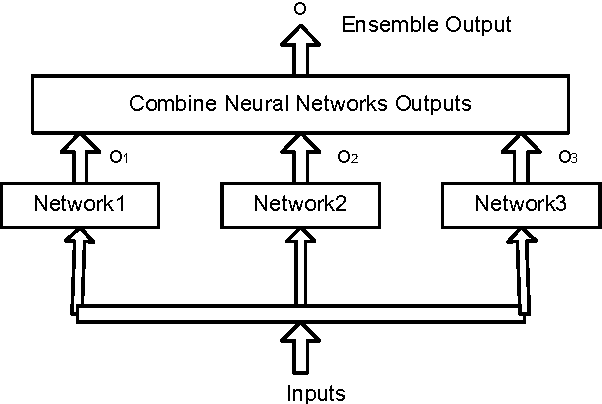
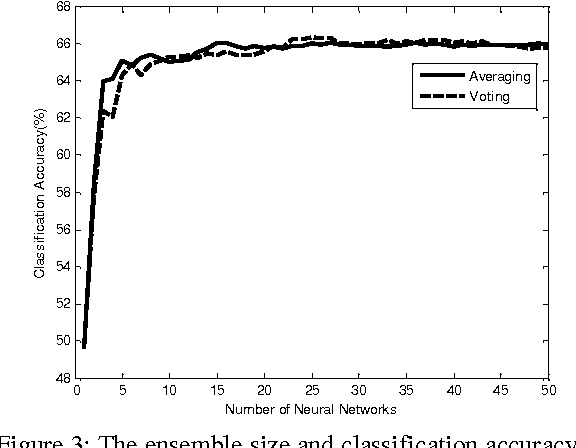
Abstract:The paper presents the investigation and implementation of the relationship between diversity and the performance of multiple classifiers on classification accuracy. The study is critical as to build classifiers that are strong and can generalize better. The parameters of the neural network within the committee were varied to induce diversity; hence structural diversity is the focus for this study. The hidden nodes and the activation function are the parameters that were varied. The diversity measures that were adopted from ecology such as Shannon and Simpson were used to quantify diversity. Genetic algorithm is used to find the optimal ensemble by using the accuracy as the cost function. The results observed shows that there is a relationship between structural diversity and accuracy. It is observed that the classification accuracy of an ensemble increases as the diversity increases. There was an increase of 3%-6% in the classification accuracy.
The use of entropy to measure structural diversity
Oct 20, 2008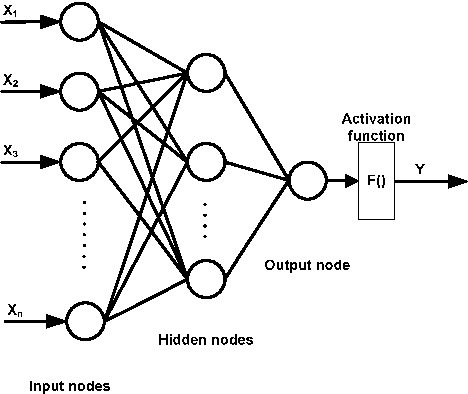
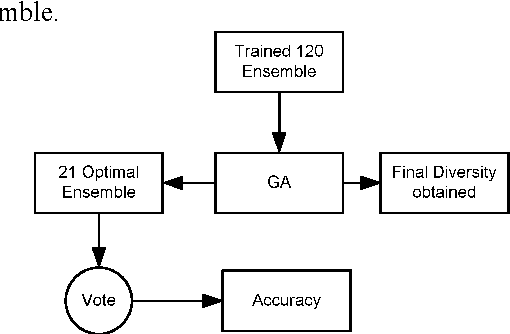
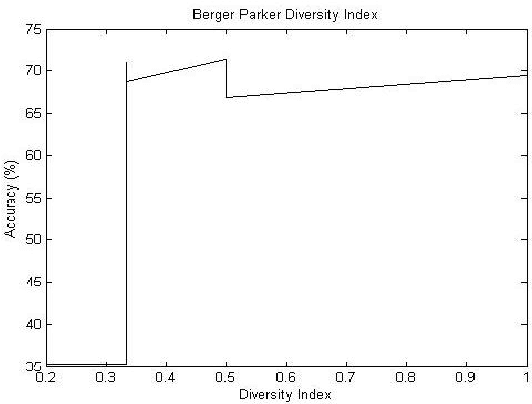
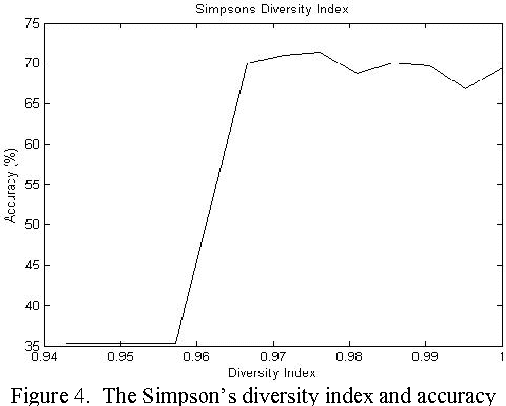
Abstract:In this paper entropy based methods are compared and used to measure structural diversity of an ensemble of 21 classifiers. This measure is mostly applied in ecology, whereby species counts are used as a measure of diversity. The measures used were Shannon entropy, Simpsons and the Berger Parker diversity indexes. As the diversity indexes increased so did the accuracy of the ensemble. An ensemble dominated by classifiers with the same structure produced poor accuracy. Uncertainty rule from information theory was also used to further define diversity. Genetic algorithms were used to find the optimal ensemble by using the diversity indices as the cost function. The method of voting was used to aggregate the decisions.
 Add to Chrome
Add to Chrome Add to Firefox
Add to Firefox Add to Edge
Add to Edge